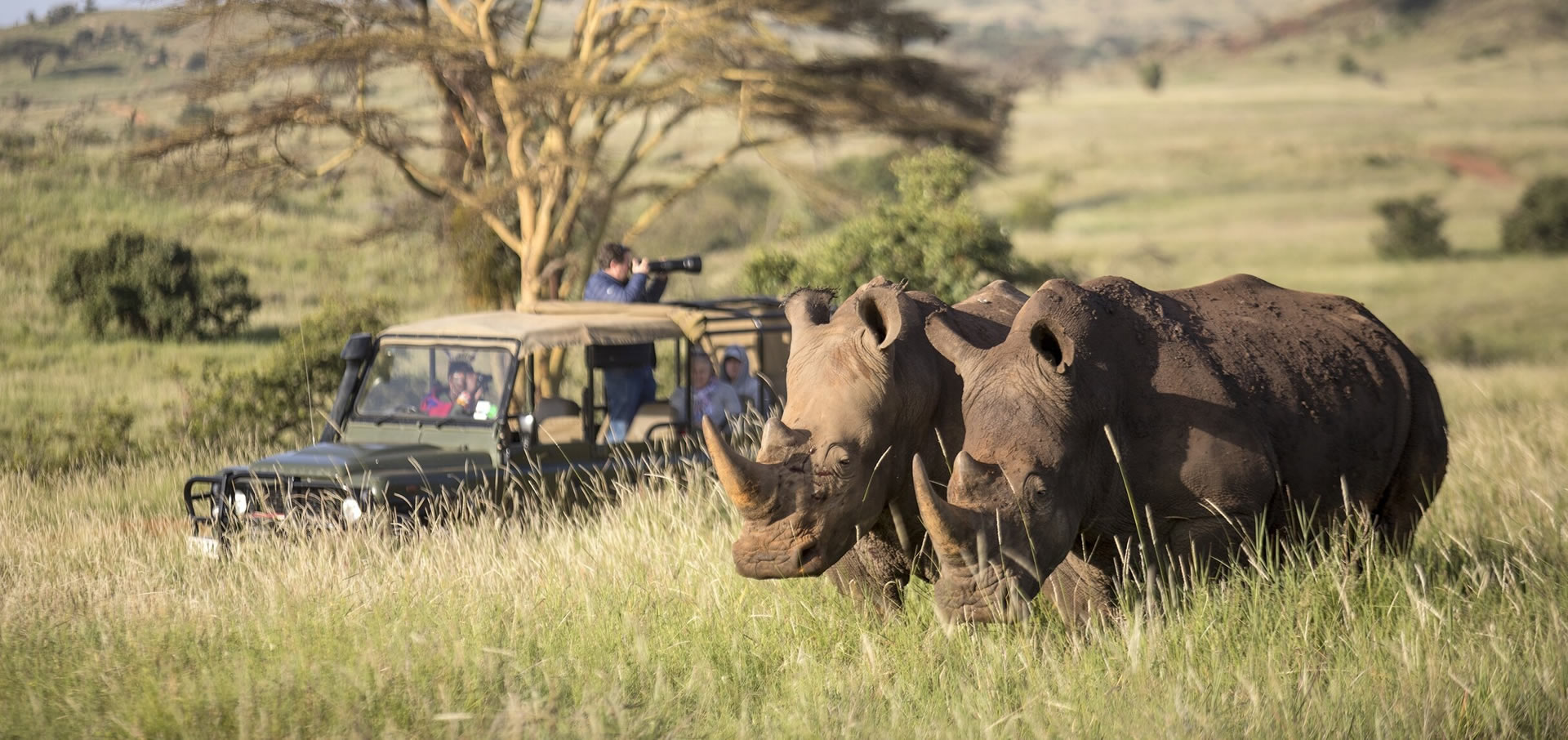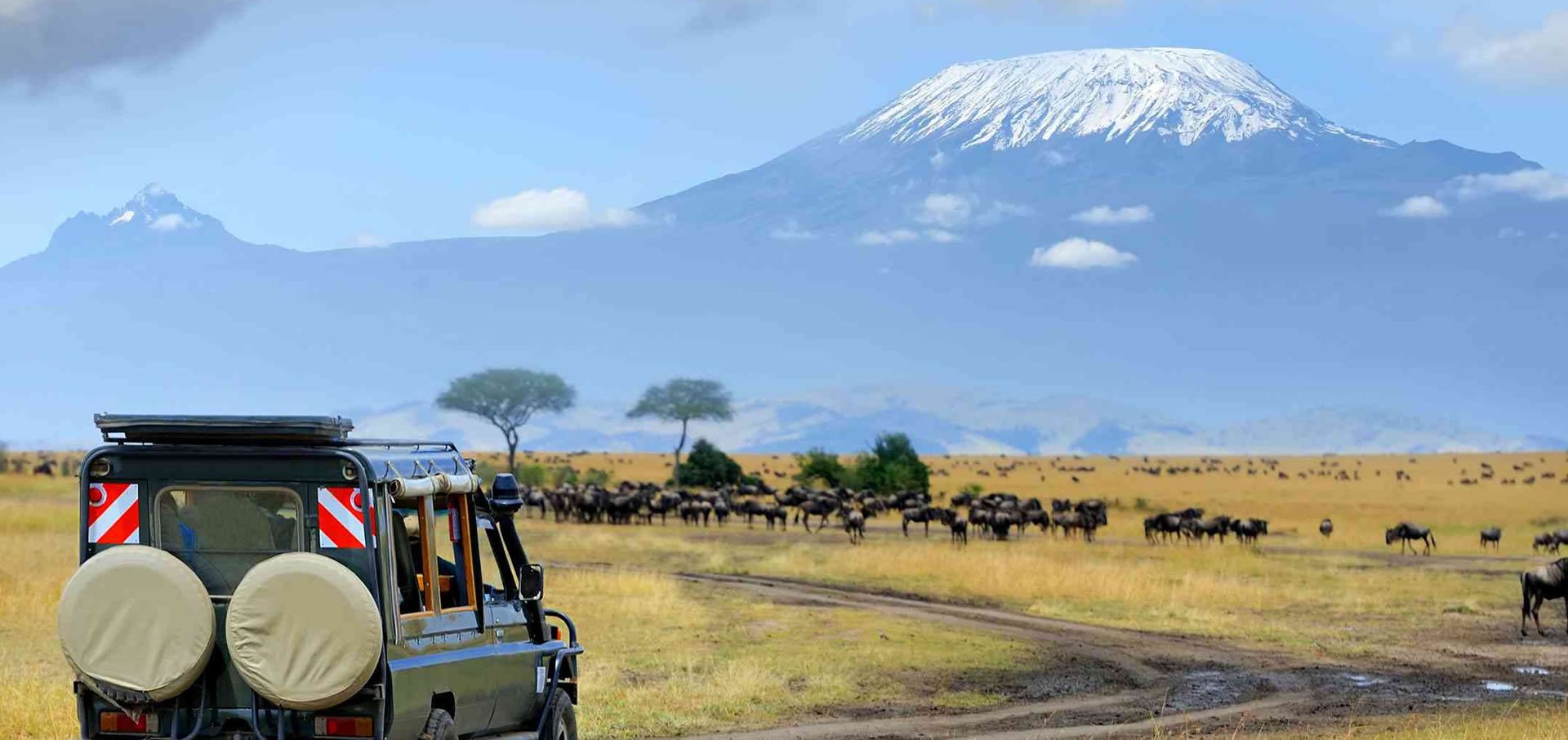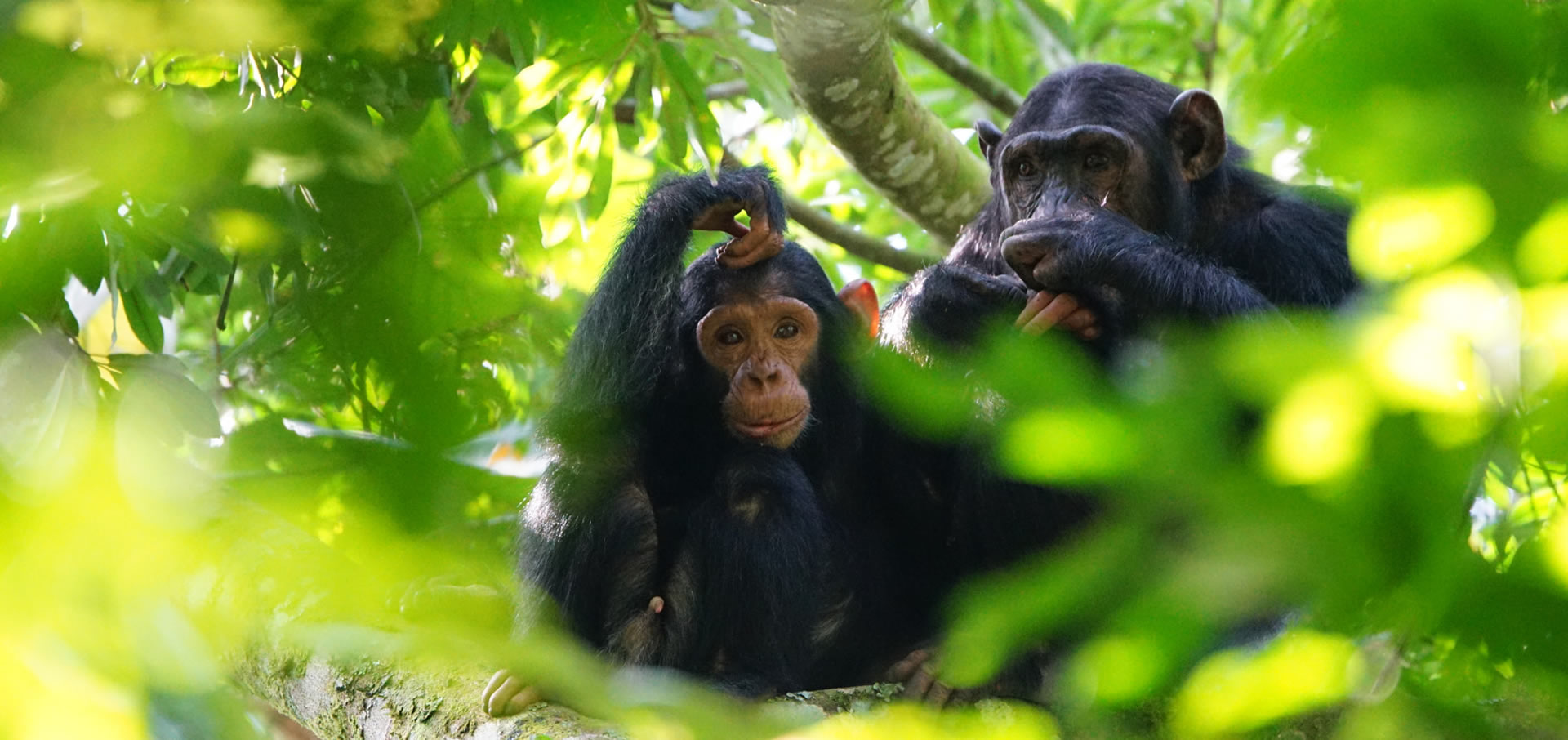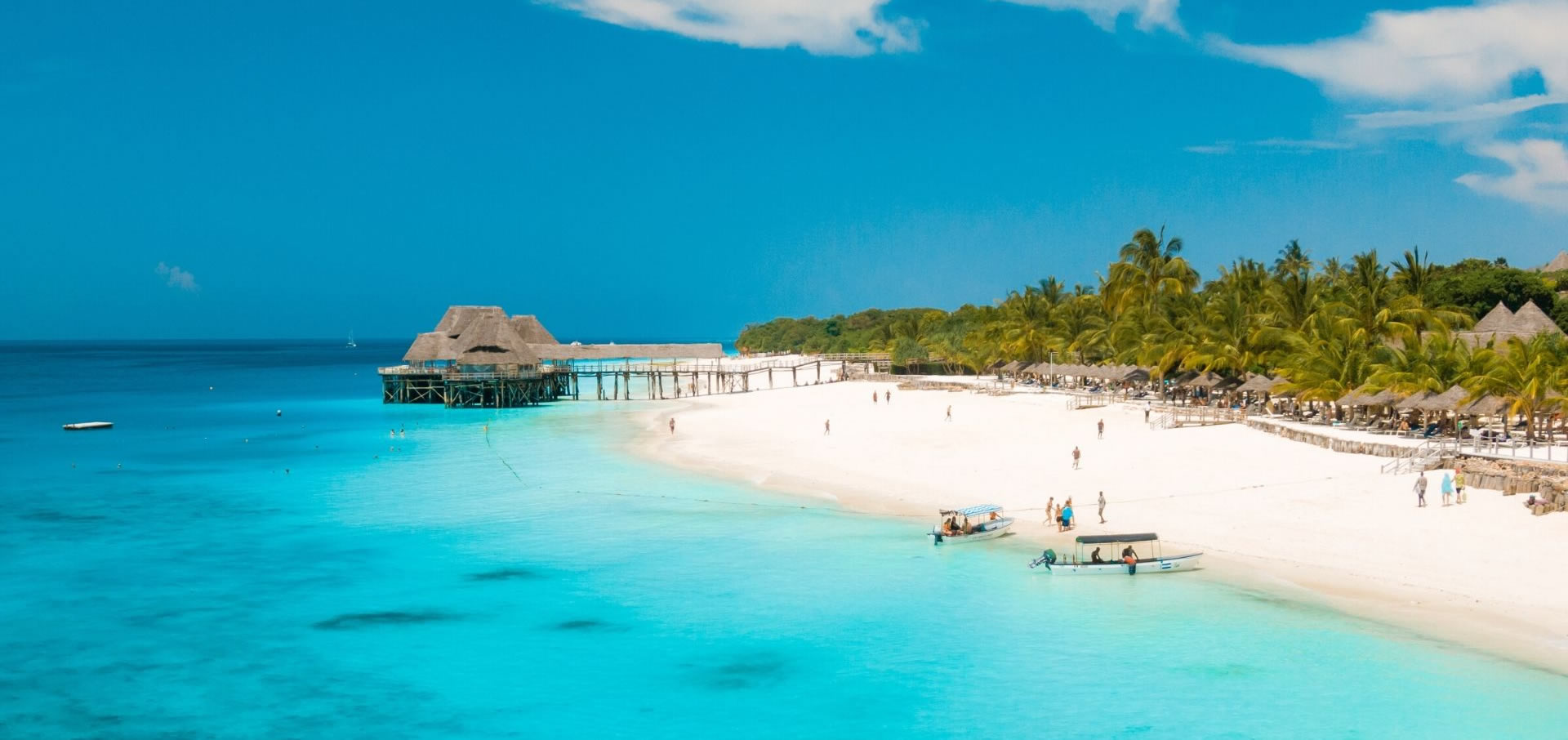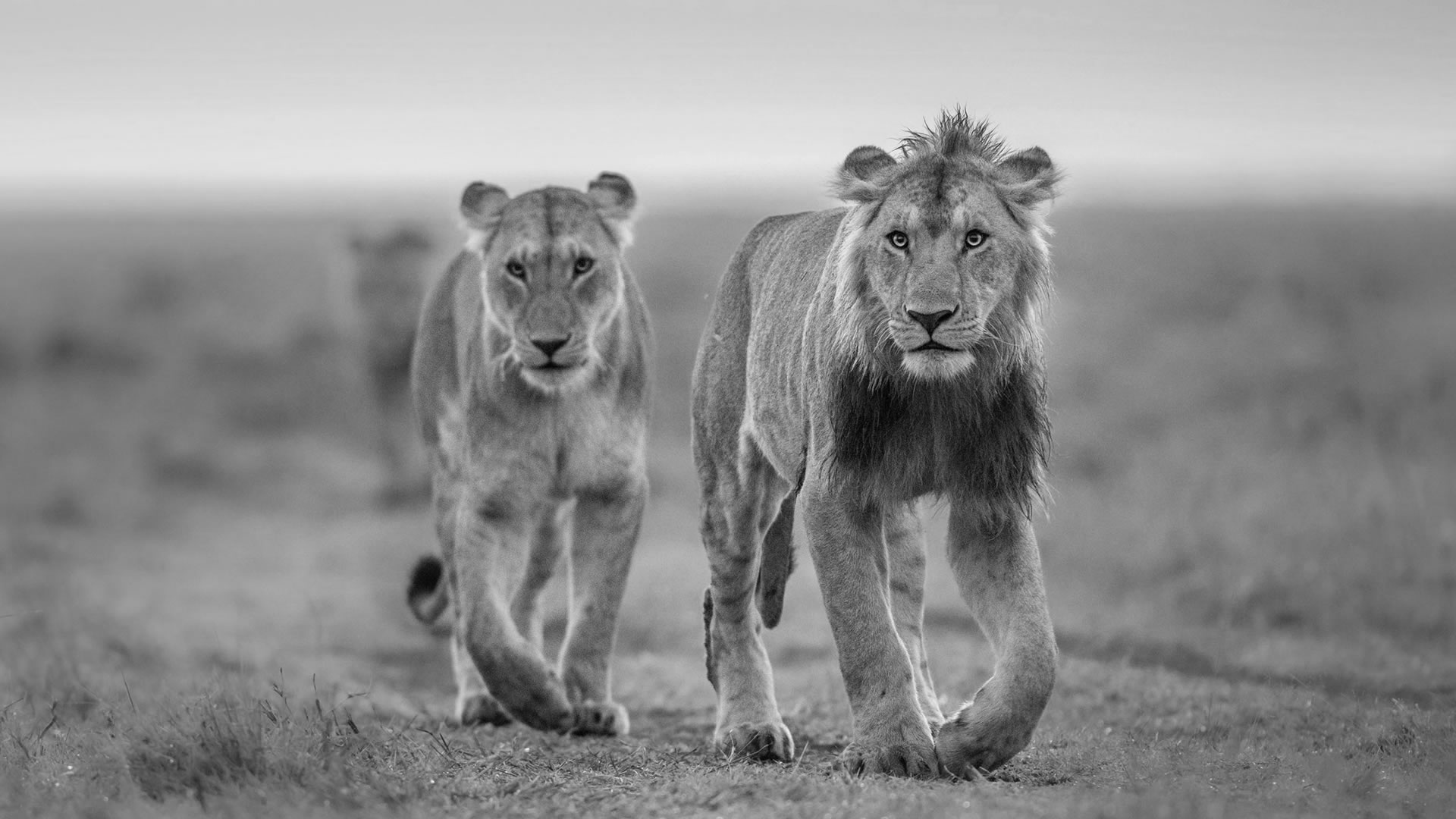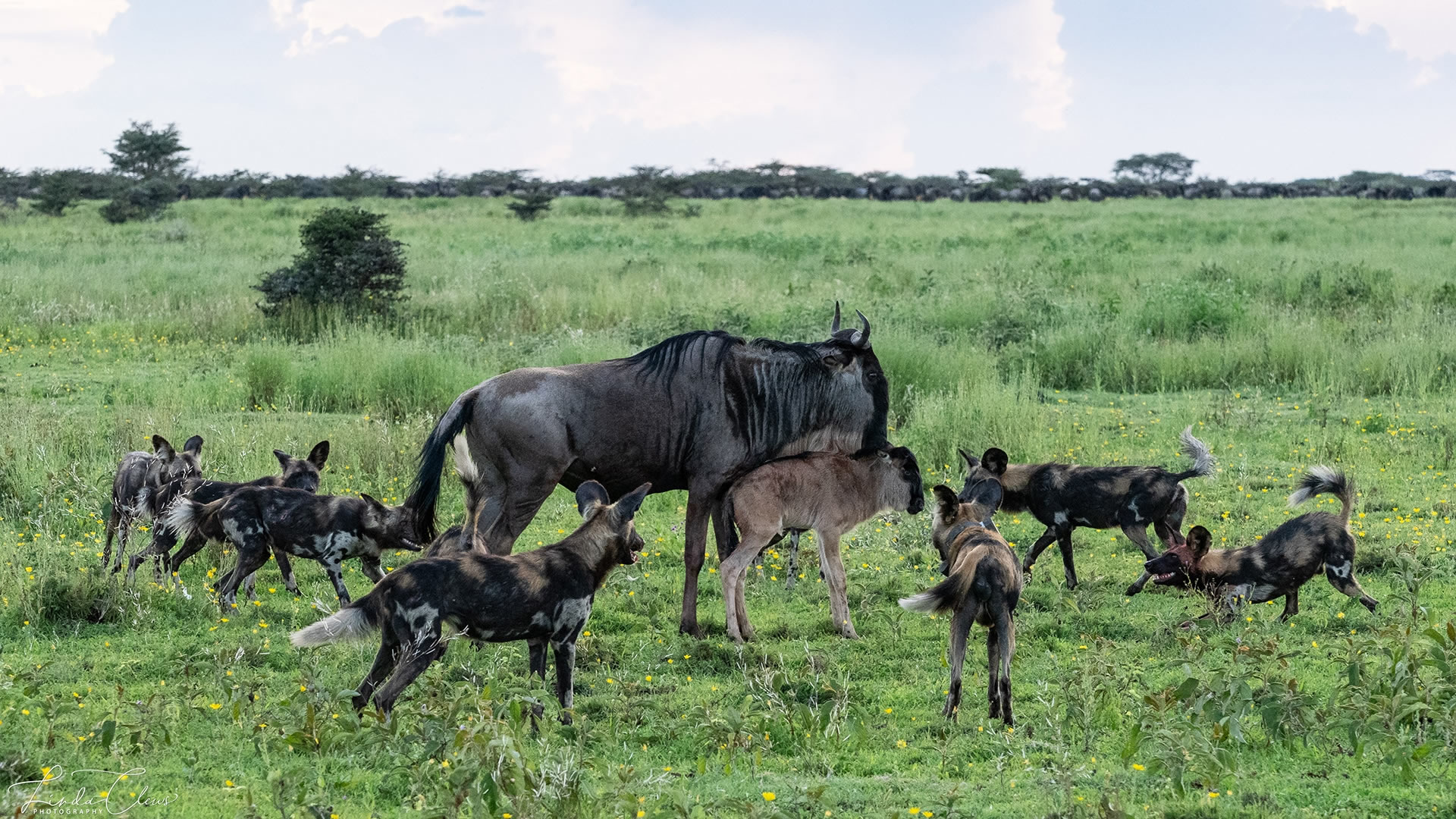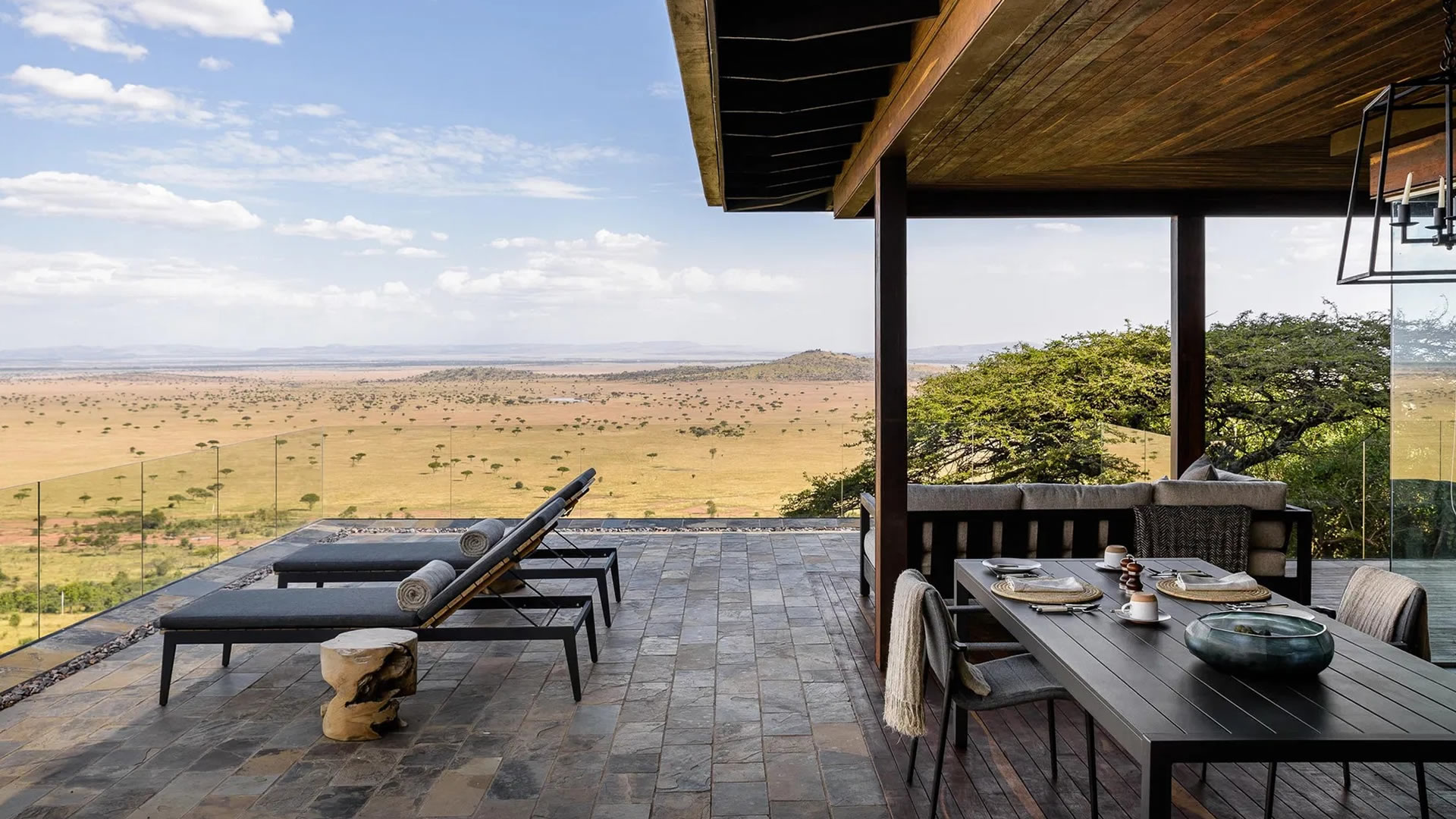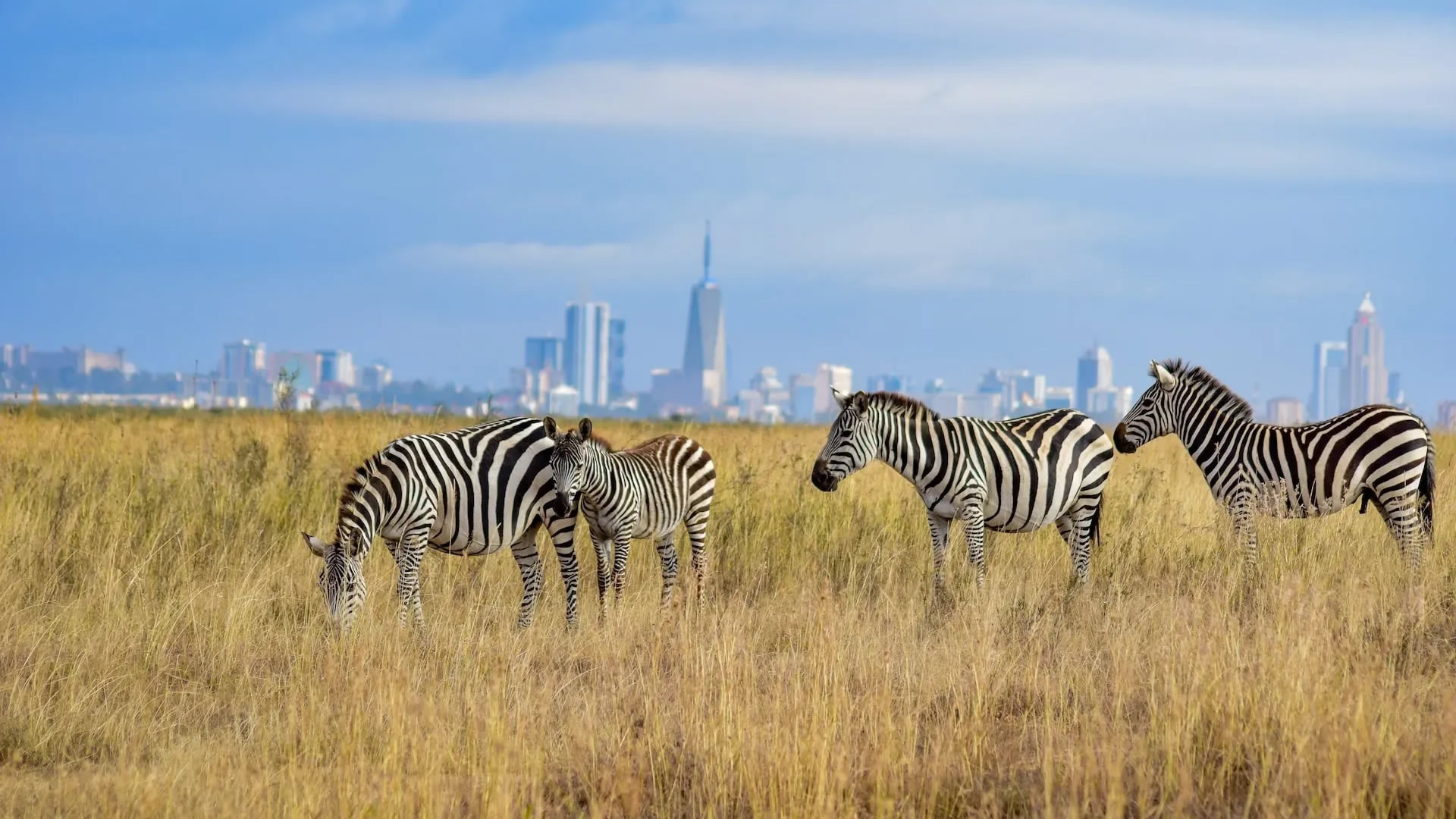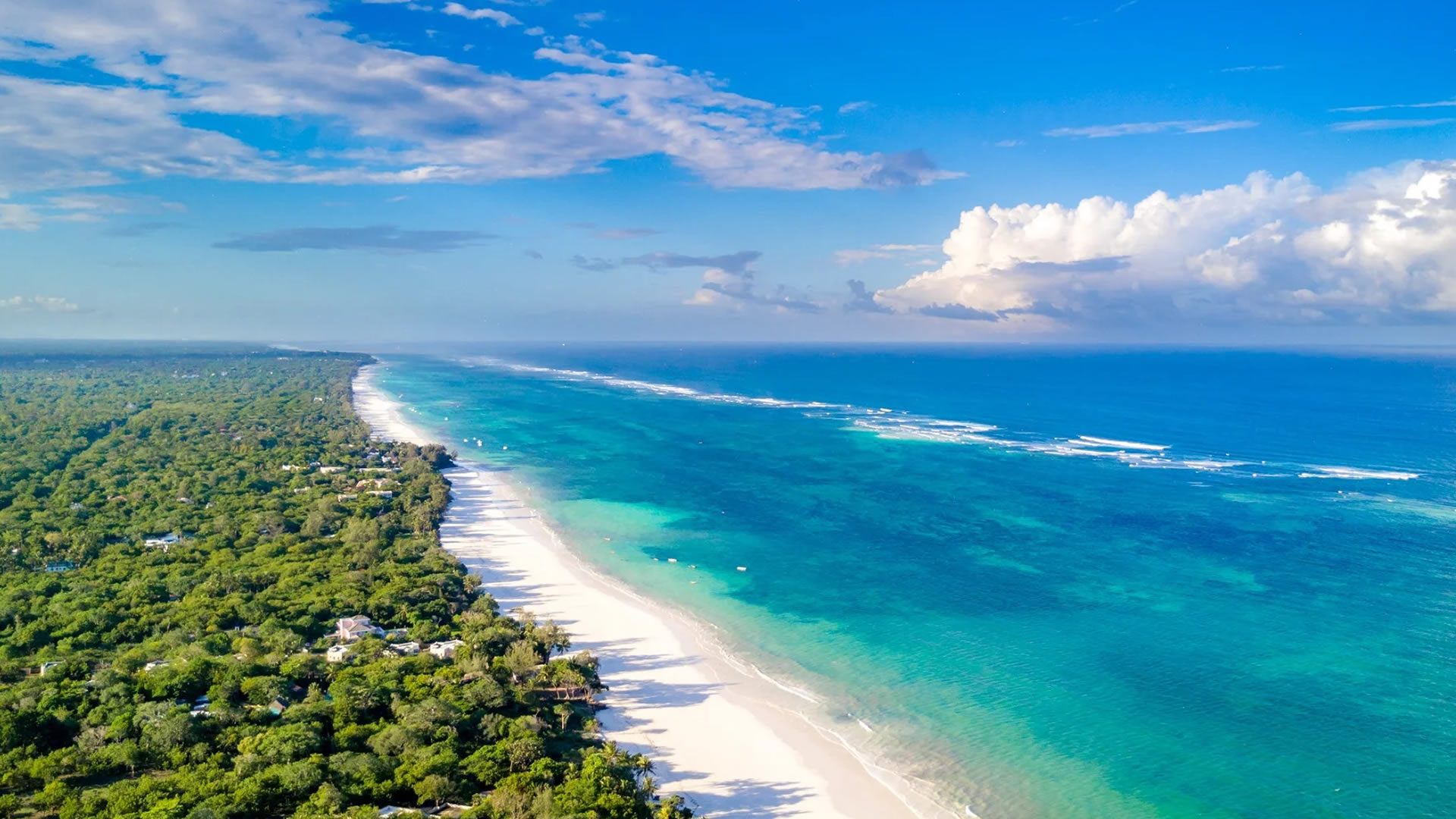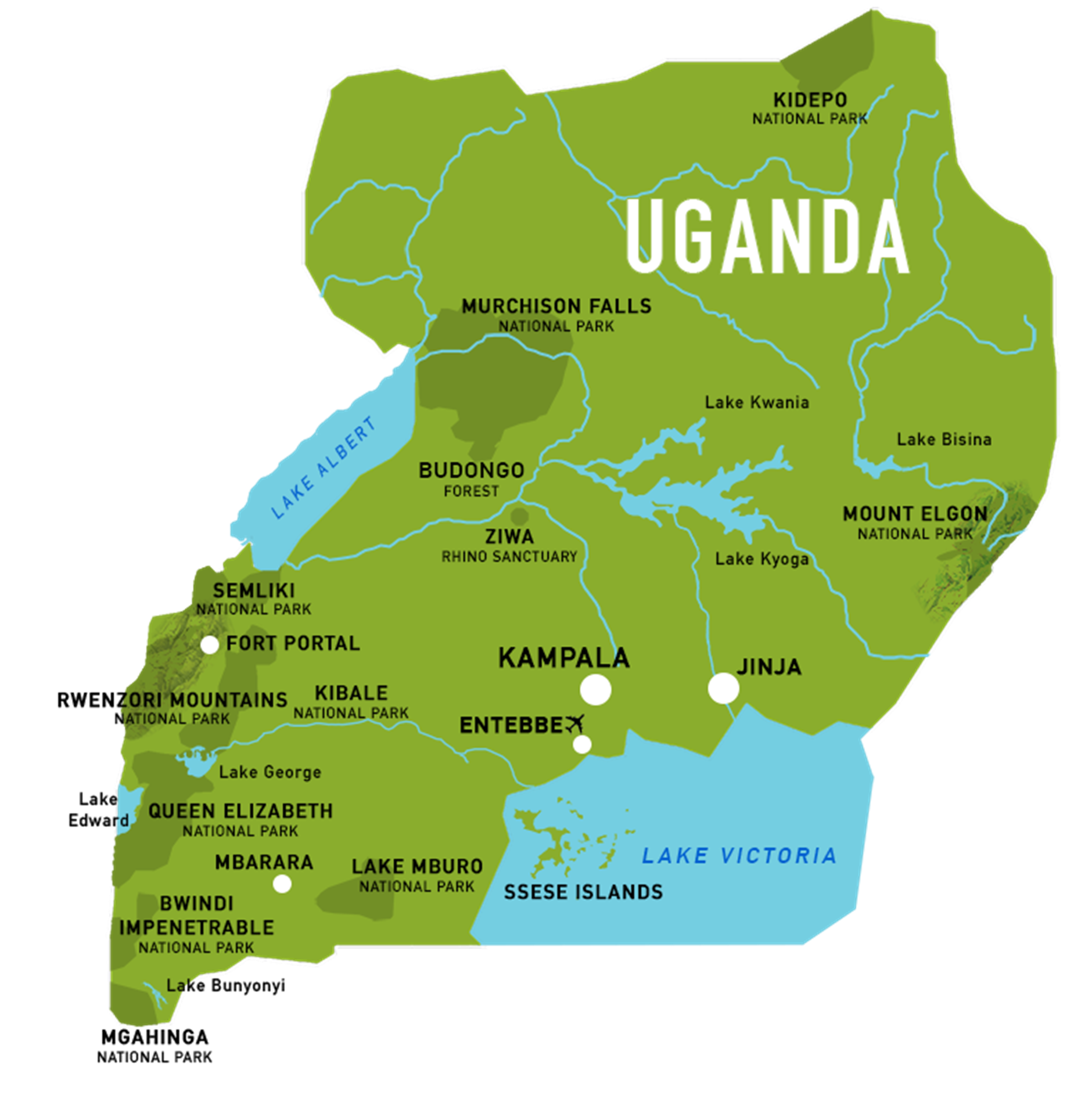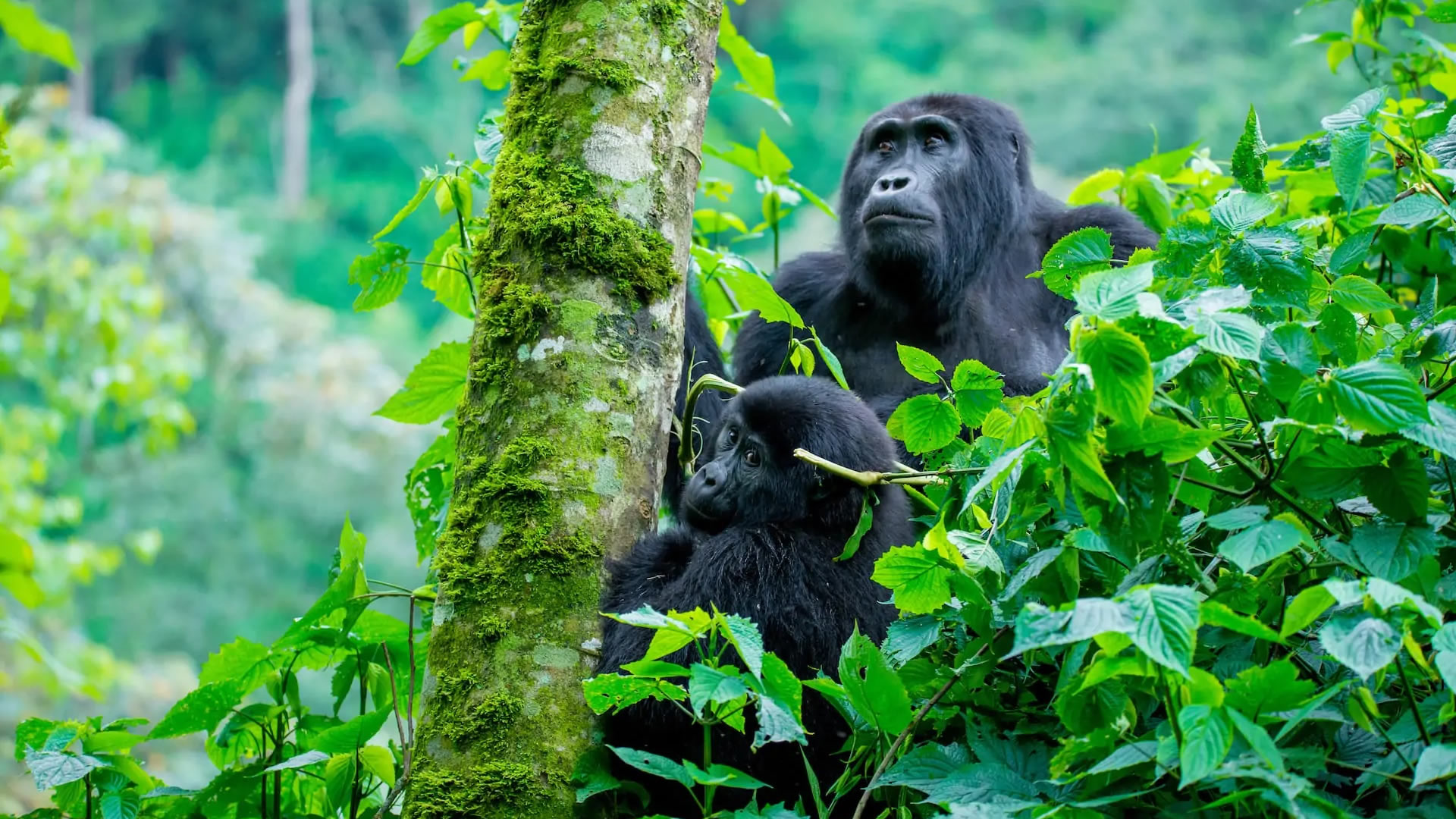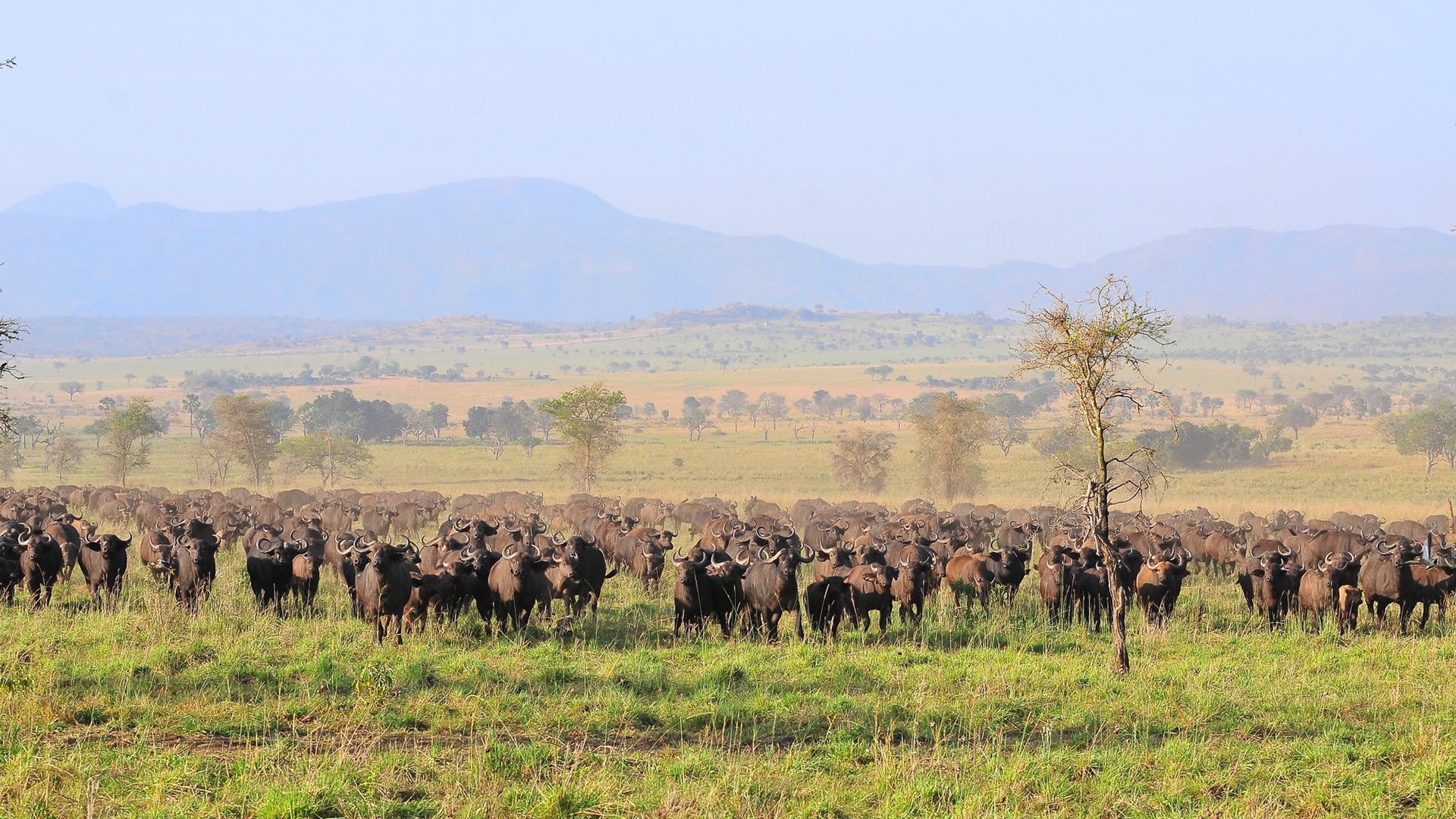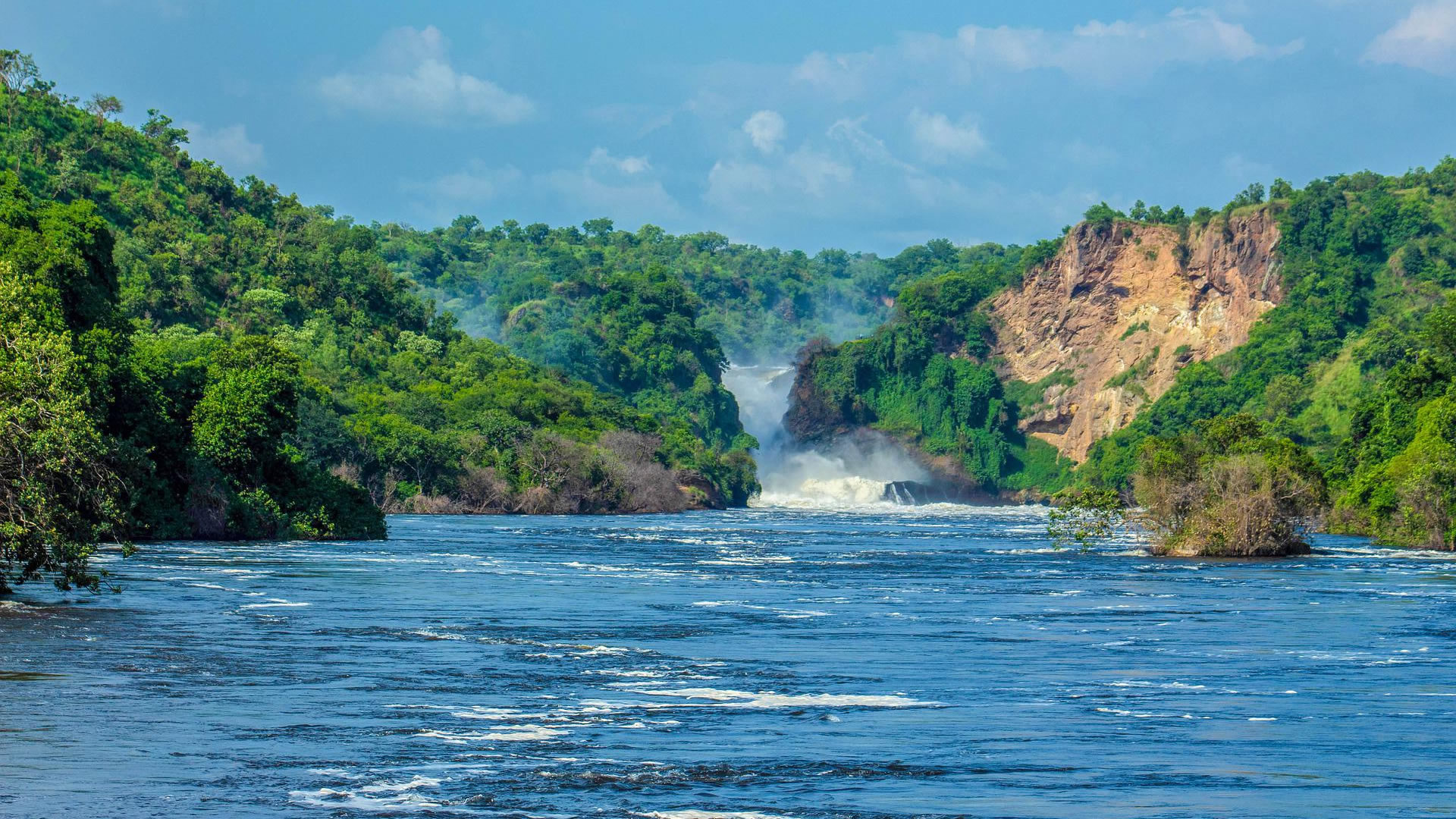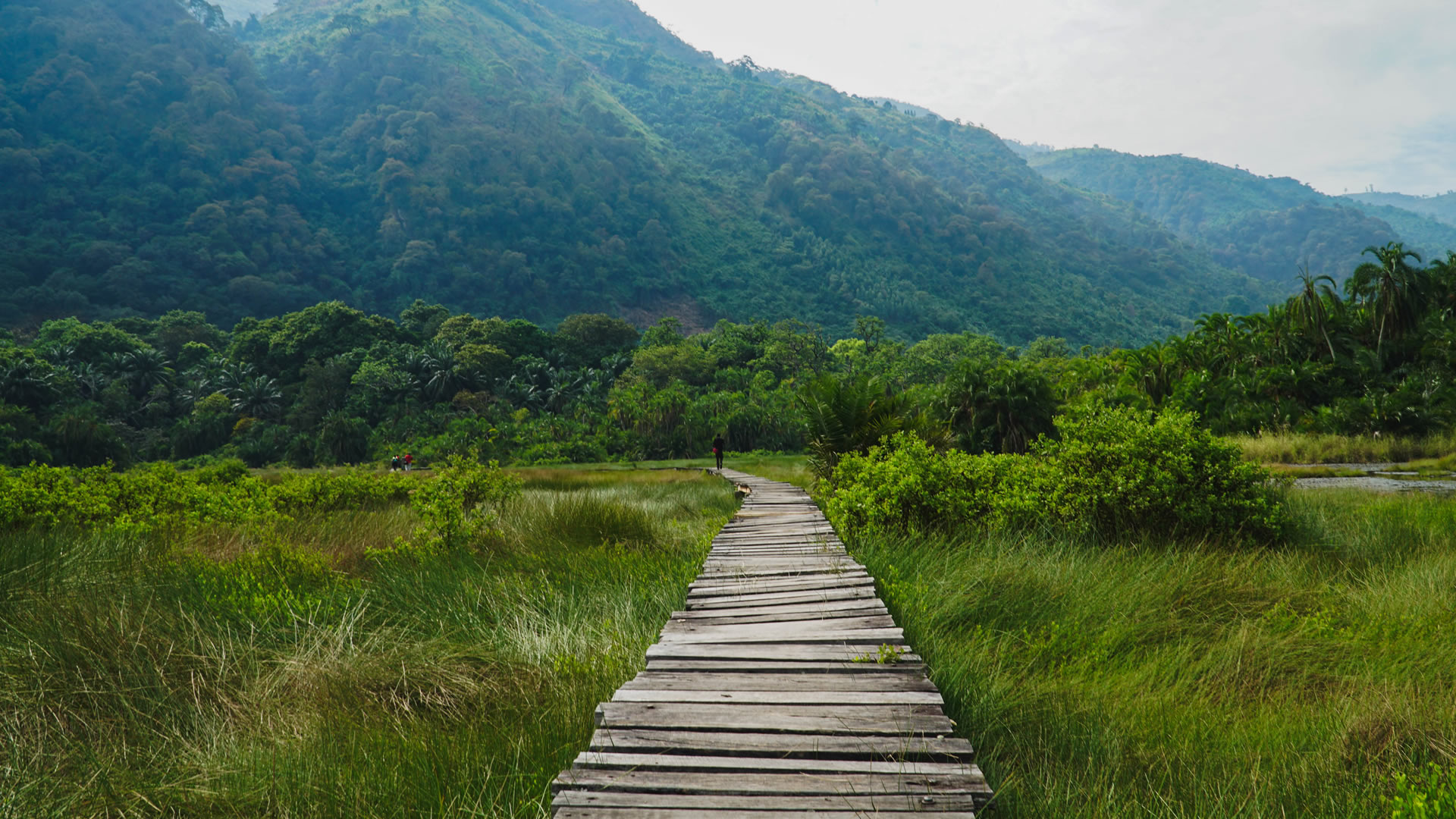Bwindi Impenetrable National Park
Bwindi Impenetrable National Park is Uganda’s main gorilla trekking destination and a Unesco World Heritage Site. It is home to 460 mountain gorillas, which is some 43% of the global population. Roughly 300 of Bwindi’s gorillas, split across more than 25 family groups, have been habituated to tourist visits. The park is also rewarding for bird-watchers, with 23 Albertine Rift endemics listed among the 350 recorded species. At least 10 primate species occur in Bwindi, including mountain gorilla, chimpanzee, olive baboon, black-and-white colobus, red-tailed monkey and L’Hoest’s monkey. The only representative of the Big Five is a population of seldom-seen elephants (DNA analysis of spoor indicates they are mostly critically endangered forest elephants). Bushbuck and various forest duikers can sometimes be spotted. Bwindi has very impressive bird and butterfly checklists. Another special is the 30cm/1ft-long Rwenzori three-horned chameleon, a striking Albertine Rift endemic.


